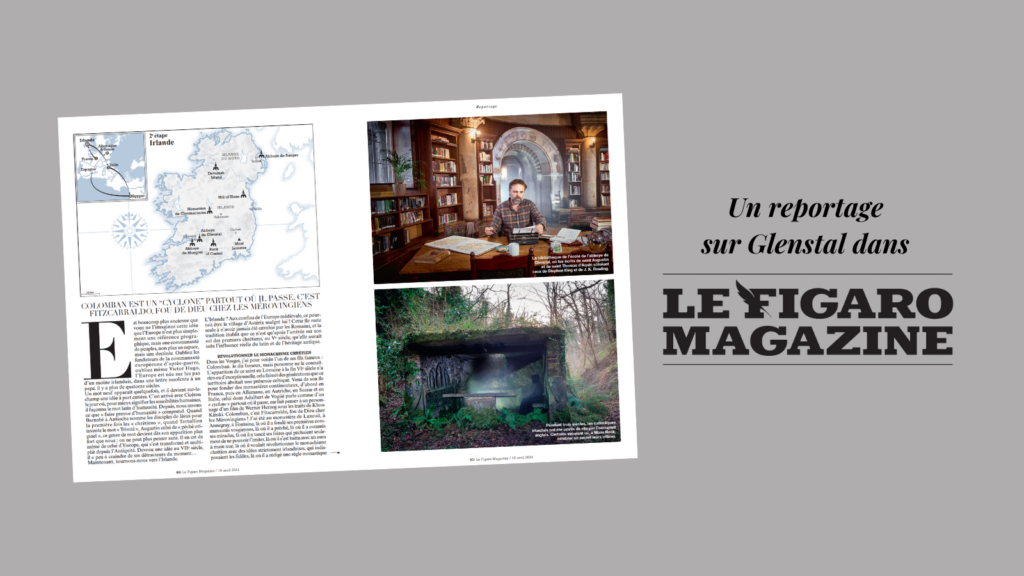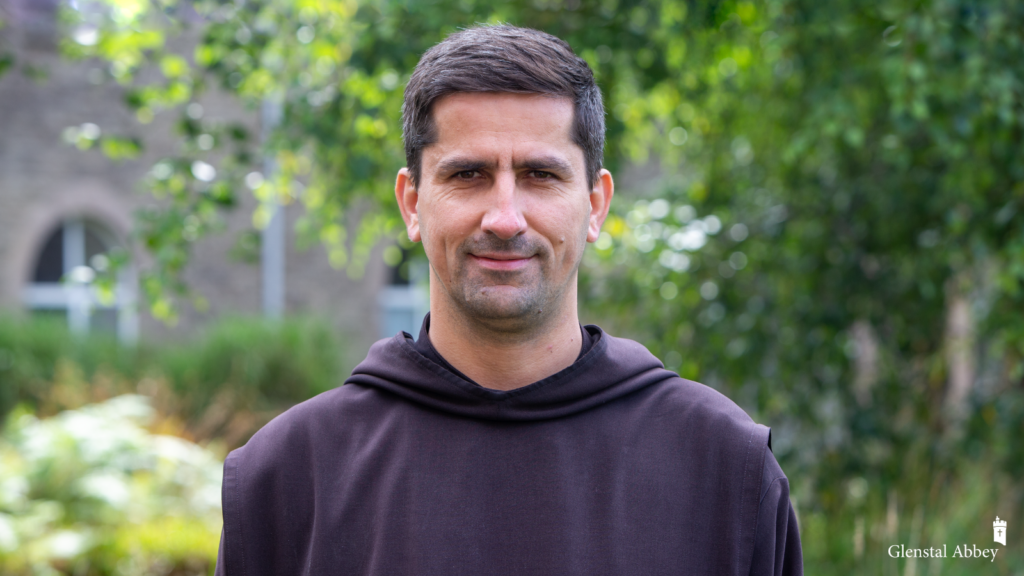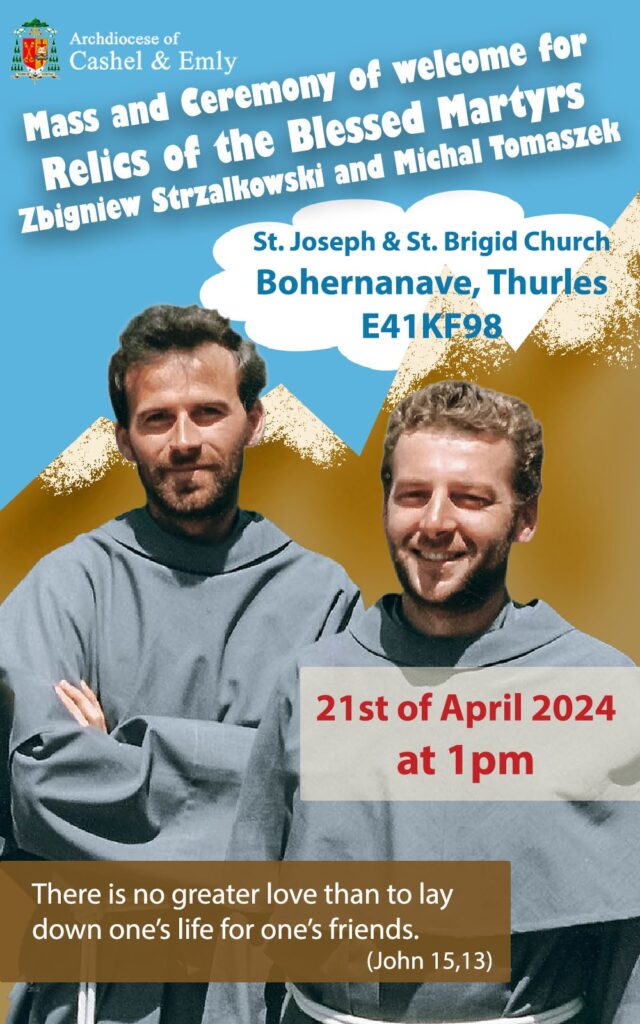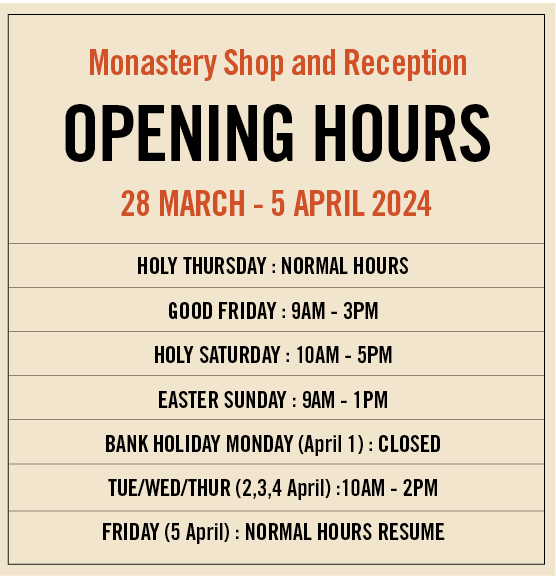Fr Patrick Hederman OSB
Our Lord, Jesus Christ, when he came on earth used images to explain what he was trying to do for us. These images were taken from the day to day lives of the people with whom he lived. ‘I am the bread of life’ he said; ‘I am the door;’ ‘I am the shepherd;’ ‘I am the gateway.’ If he were here with us today, he might have used more up-to-date imagery to make us understand what is happening.
Instead of ‘I am the vine and you are the branches’ [John 15:5] he might have said: ‘I am the fibre optic splicer.’ Fiber optic splicing is one of the new professions in the telecommunications industry. You join two fibre optic cables together to create a continuous path for data transmission. The cable has at least two flexible fibres with a glass core
through which light signals can be sent. The Splicer makes a permanent connection between cables which allows each one of us to connect into the main branch. This is how we receive digital cable TV on our lap-tops, for instance. It comes through a network of high-speed fibre-optic cables.
Three weeks from today, on the 19 th May, is Pentecost Sunday, the day we welcome the Holy Spirit into our high speed networks. This completes the fibre optic connection between each one of us and the great power station that is the hub of the universe. We can either plug into this system or we can carry on paddling our own canoes. The choice at every stage of the connection is ours.
The second reading this morning gives us a clue: ‘Let us not love with
words or speech but with actions and in truth’ [1 John 3:18]. Let us be down-to-earth and practical as we prepare ourselves for our transfer to broadband. You don’t have to know how it works to find out that it works: just turn it on and benefit from your cable television. ‘We know’ Saint John tells us later on in this same letter, ‘that God lives in us because of the Spirit which God has given us’ [1 John, 3:24]. We all have that Spirit within us, that eternal source of God’s energy and power. All we have to do is activate that presence, by splicing the
fibre optic cables.
St Benedict tells us how to do this in the Prologue to his Rule: ‘whatever good work you undertake, ask him with most instant prayer to bring it to perfection.’ Whatever you do, whatever you say, whatever you hope for, stop for a moment and ask the Holy Spirit to help you. Instantissima oratione is the secret formula of Saint Benedict. Instantissima in Latin is the same word we use for ‘instant coffee’ or ‘instant soup.’ It is instant prayer. You can do it anywhere, at any time, in a couple of seconds; as long as it takes to say ‘I love you, help me.’
And it’s a question of getting into the habit, of going down into yourself and touching base. If someone asks you a question, instead of replying immediately, automatically, ask the Spirit to tell you what to say. The Holy Spirit is the finger of God, the extension of God’s right hand. The Holy Spirit is the Digitus Dei, digital divinity, The Holy Spirit is your ATM, your automated teller machine –telling you whatever you are meant to do; whatever you are meant to say.
If you allow the Holy Spirit to guide you there will be magic in your life ahead. You only have to learn to interpret the coded messages sent your way. These can happen through coincidences which can so easily be shrugged off or overlooked. Other times it is an impulse, sent your way: talk to this person, take down that book, walk in this direction, go into that church now. When we obey, we find that it leads to the unforeseen. The meaning of a particular hunch is often at the other side of our obeying it, of our doing what we are told. I have found that this instantissima oratio is particularly useful when doing examinations. Before even reading the question paper, make sure that the cables are connected and then continue working on evergreen energy.
Try it for yourselves when the Holy Spirit comes.






